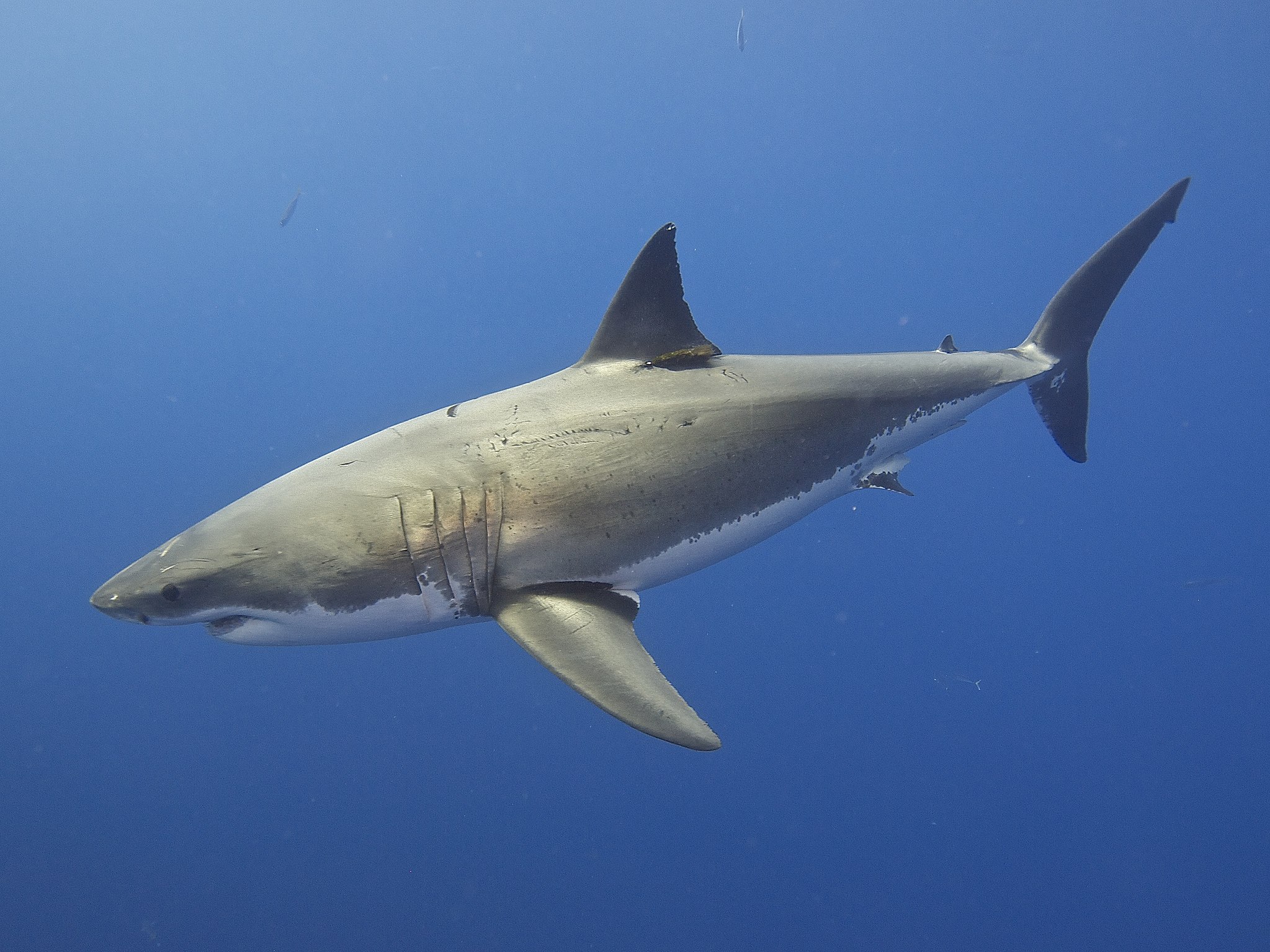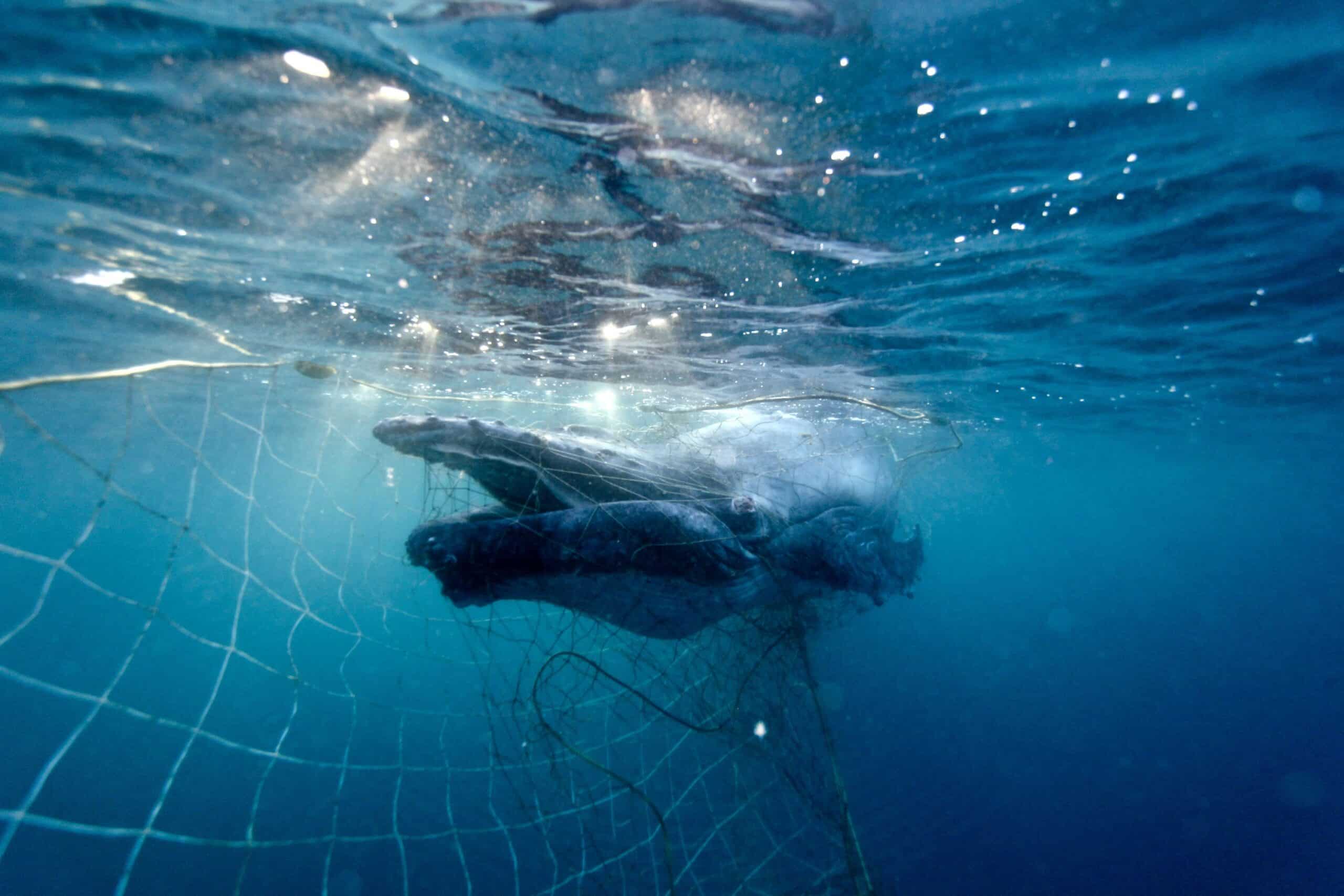Research shows that Australia’s great white sharks are highly related to each other and may consist of fewer than 500 breeding animals. SYDNEY, 24 June 2025: Latest research has found Australia’s great white shark population is much smaller than expected, increasing their vulnerability to further population threats. The population...
Shark culling – it is an ocean conservation issue that has become uniquely Australian. Only two other countries in the world have ongoing shark culling programs (South Africa and Réunion) and neither are nearly as extensive as here in Australia. There are more than 75 nets and 300 drumlines running along the East Coast from Cairns to Wollongong. In Australia these programs kill hundreds of marine animals each and every year including dolphins, turtles, rays and sharks. In addition, they disrupt the annual humpback whale migration, capturing some individuals and further exhausting them during what is already one of the most arduous migrations in the animal kingdom. But for all this sacrifice, for this great cost of Australia’s iconic marine wildlife—does shark culling work?
It depends on how we interpret that all important question. What is the goal of shark culling? Is it to reduce the population of sharks? If so, the answer is unequivocally and resoundingly YES. Shark culling certainly kills heaps of sharks. But what if asking “does shark culling work” means asking “does shark culling reduce the frequency of unprovoked shark interactions?” Then the answer according to the research is no, shark culling does not work.
In our 2019 court case against lethal culling in the Great Barrier Reef (HSI v QDAF and GBRMPA) one of the arguments upon which the case was won, was that shark culling has no impact on swimmer safety. In fact, there was even arguments to be made that culling can increase the risk for swimmers.
Let’s have a look at a time and place where culling was attempted, then abandoned due to its futility and inability to make any difference to the risk of shark-human interactions.
Between 1959 and 1976 shark culling programs, under the guise of “shark control” were implemented throughout the Hawaiian Islands. Six programs of varying intensity operated usually just after the occurrence of shark-human interactions, making these programs more reactive, rather than ongoing culls. Instead of using nets and drumlines such as the current programs in Australia, these programs utilised multi-line tuna fishing vessels, making regular circuits around the islands.
All in all, the Hawaiian shark control programs killed 4,668 sharks over an 18 year period, during which time, and after, there was no recorded difference in the annual rate of shark attacks (0.6 per year).
So, what can we learn from Hawaii’s programs?
At the time it was estimated that these programs reduced Hawaii’s shark population anywhere from 50-90%. We now know that this wasn’t true, as the programs selectively targeted large animals using specific baits and gear. But there is no doubt that populations of some species were significantly reduced—though again, these reductions had no impact on swimmer safety. Part of the problem was that these programs assumed large sharks were territorial and expressed high site fidelity (meaning a shark has a “home” beach they stick around, rarely leaving for any length of time). However, this type of long-term site fidelity has not been documented for any species of large shark. We now know, that large sharks can be territorial, but are highly migratory—meaning a local culling program would be completely useless in reducing a local population.
Perhaps most telling is the conclusion arrived at by Wetherbee et al. in his 1994 analysis of these programs was that the “…only value of reactive culling is psychological reassurance.”
That is a tagline we could apply to Australia’s culling programs, past and present.
Since their beginnings in 1937 and 1962, New South Wales’ Shark Meshing Program and Queensland’s Shark Control Program have been providing only “psychological reassurance” and the price is tens of thousands of marine animals.
It is long past time to implement new, non-lethal strategies and technologies to better protect ocean users, without needlessly killing Australia’s iconic marine wildlife.
A marine ecologist specialising in conservation, research and outreach, Lawrence has spent years working with wildlife, the ocean and the public to engender sustainable relationships between them. He has worked as a field biologist, environmental consultant, naturalist and project coordinator with a BA from the University of San Diego, and an MSc from James Cook University. Lawrence’s work at HSI is currently focused on shark welfare and protection, specifically in regards to culling and control programs, overexploitation, and international protection.


